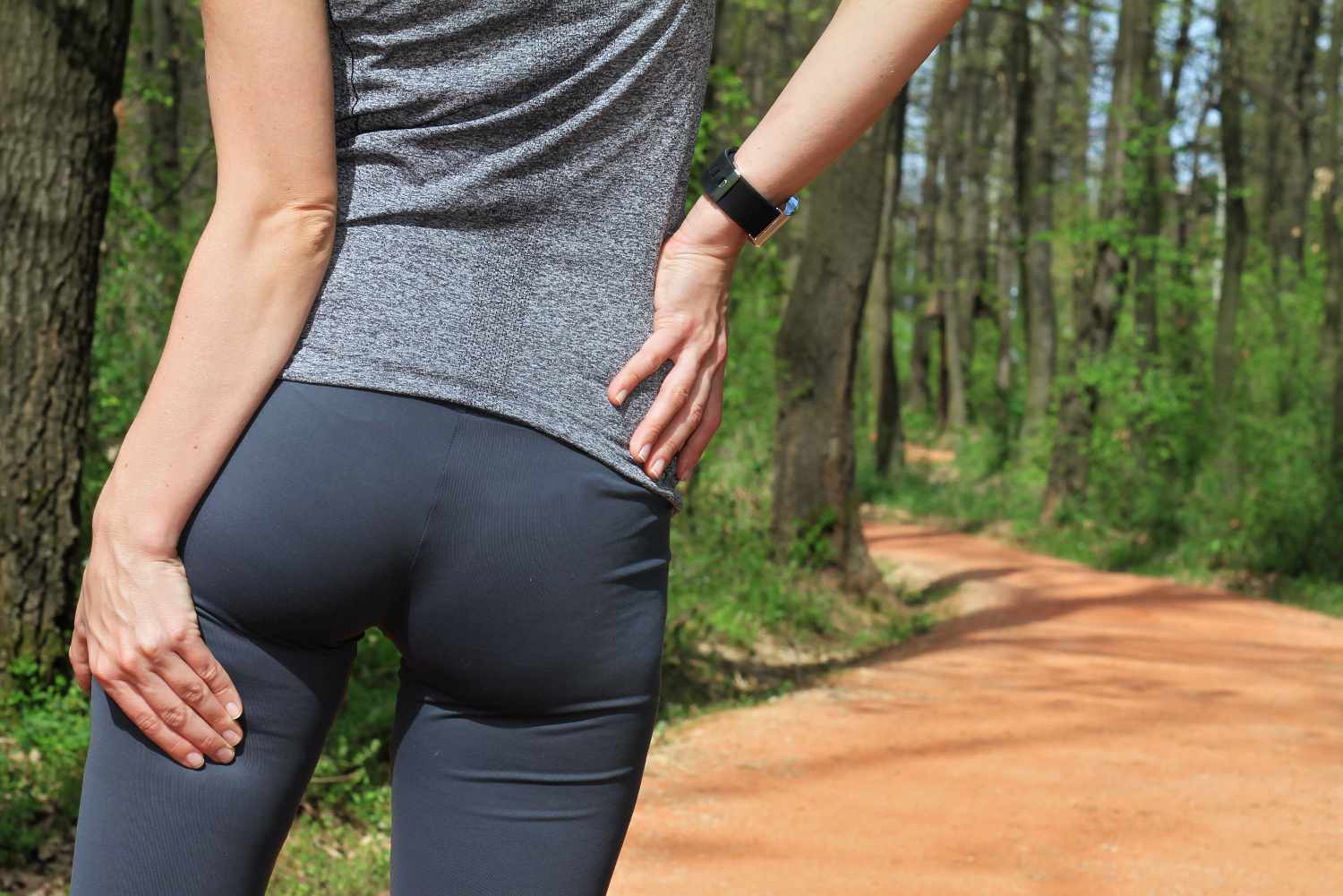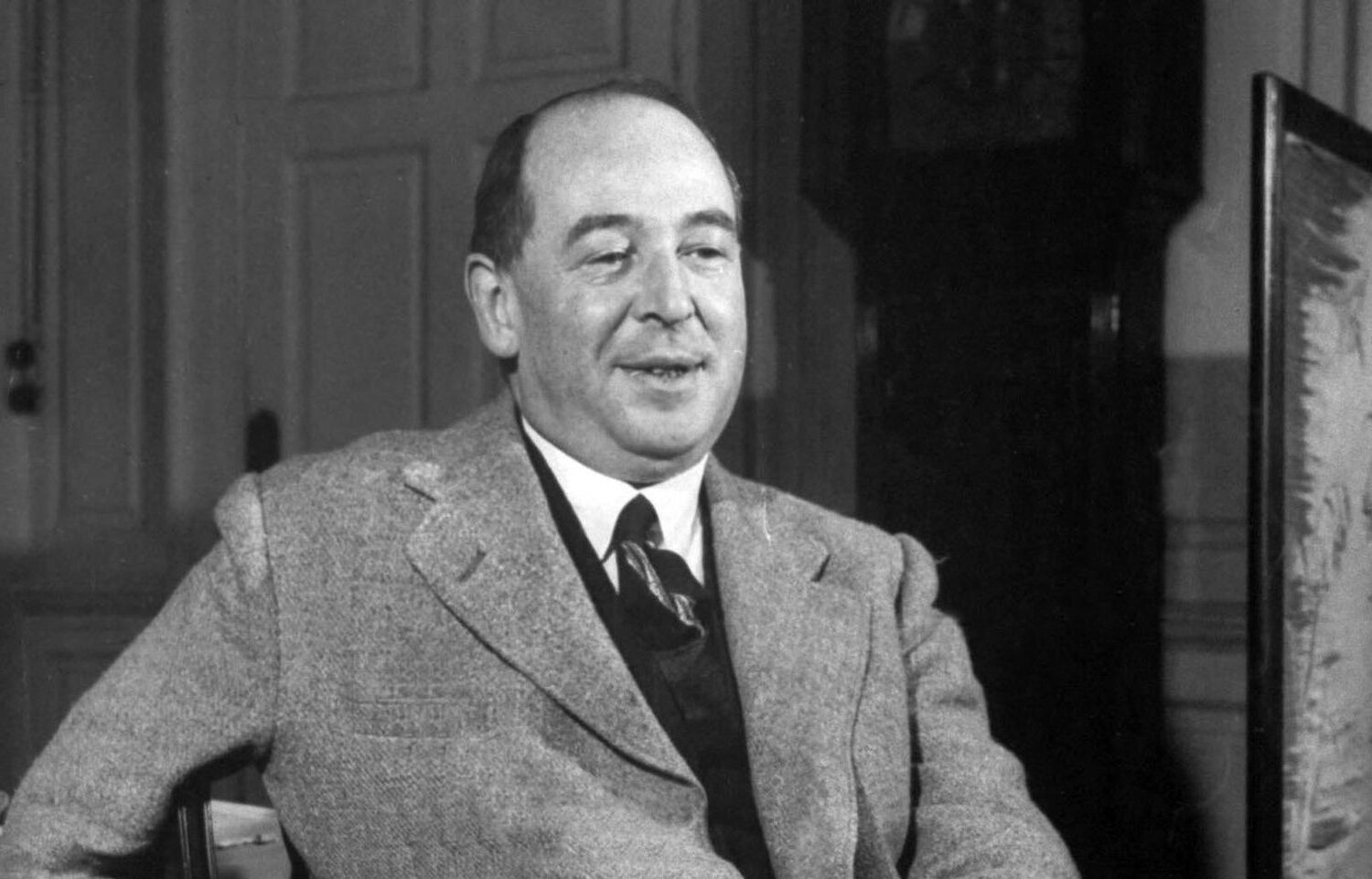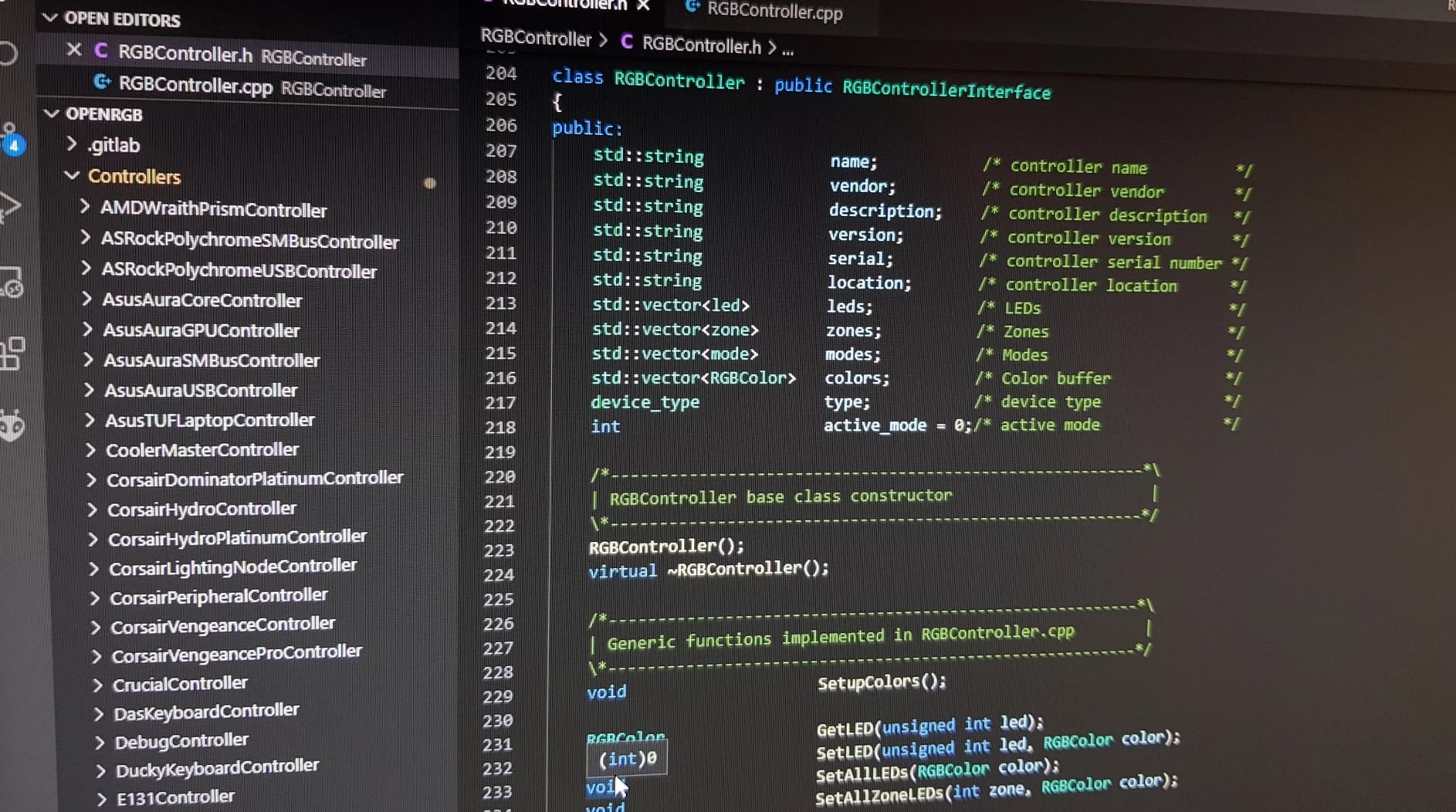
Buttocks, also known as the glutes, are an essential part of the human anatomy. While they may often be overlooked or dismissed as merely a seating cushion, there is much more to this area of the body than meets the eye. From their role in posture and movement to their cultural significance, buttocks have intrigued and captivated humans for centuries.
In this article, we will delve into 20 fascinating facts about buttocks that will leave you amazed and enlightened. Whether you are a lover of anatomy, interested in human biology, or simply curious about this often underappreciated body part, get ready to discover some intriguing insights into the world of buttocks!
Key Takeaways:
- The buttocks are more than just a cushion – they’re essential for stability, mobility, and protecting the spine. Strong glute muscles help us move, sit, and stand with ease.
- Your unique buttocks shape is influenced by genetics and muscle tone. They can be reshaped through exercise or cosmetic procedures, and play a role in body language and attraction.
The buttocks are made up of three muscles.
The gluteus maximus, gluteus medius, and gluteus minimus are the three muscles that give shape and definition to our buttocks.
Buttocks are essential for stability and mobility.
Strong glute muscles play a crucial role in maintaining proper posture, balance, and movement. They help us walk, run, and perform various physical activities.
The shape and size of buttocks vary among individuals.
Genetics, body fat distribution, and muscle tone influence the shape and size of buttocks, resulting in a wide range of appearances.
The gluteus maximus is the largest muscle in the body.
This powerful muscle gives the buttocks their volume and is responsible for hip extension, which allows us to stand up, climb stairs, and jump.
The muscles of the buttocks are activated during sitting.
Although they may not be visibly engaged, the glute muscles are involved in providing support and stability while sitting down.
Buttocks help protect the spine.
The glute muscles work together with the core muscles to stabilize and protect the spine during lifting and other physically demanding tasks.
Hip thrusts and squats are effective exercises for toning buttocks.
These exercises specifically target the glute muscles and can help in shaping and strengthening the buttocks.
Buttocks contain a layer of fat.
This fat layer provides cushioning and protection, especially during activities that involve extensive sitting or lying down.
The term “derriere” is often used to refer to the buttocks.
The word “derriere” has French origins and is commonly used as a euphemism for buttocks, particularly in the context of fashion and polite conversation.
Buttocks can be a source of attraction and beauty.
In many cultures, well-shaped and proportionate buttocks are considered desirable and symbolize attractiveness and vitality.
Buttocks can be reshaped and enhanced through cosmetic procedures.
Buttock augmentation procedures, such as implants or fat transfer, are available for individuals who desire a more sculpted or fuller appearance.
Buttocks play a role in body language.
Body language experts believe that certain movements, such as swaying of the hips, can communicate confidence, sensuality, and assertiveness.
The gluteus maximus is the primary muscle responsible for running uphill.
This powerful muscle helps propel the body forward and upward during uphill running or climbing.
Sitting for long periods can lead to weak glute muscles.
Prolonged sitting can cause the glute muscles to become inactive and weaken over time, potentially leading to issues with posture and lower back pain.
Buttocks come in different shapes, including round, square, and heart-shaped.
These variations in shape are influenced by genetics and can contribute to an individual’s unique physique.
Buttocks contain a high concentration of nerve endings.
Due to the dense network of nerves in the buttocks, this area can be particularly sensitive to touch and stimulation.
The term “booty” is often used as a slang term for buttocks.
Colloquially, “booty” is a popular slang term used to refer to buttocks in a playful or flirtatious manner.
Excessive sitting can lead to muscle imbalances in the buttocks.
Sedentary lifestyle habits can result in weak glute muscles and tight hip flexors, causing imbalances that may impact posture and movement patterns.
Buttocks can be a source of pain and discomfort.
Conditions like sciatica, muscle strains, and overuse injuries can cause pain and discomfort in the buttocks, affecting mobility and quality of life.
The gluteus medius plays a crucial role in stabilizing the pelvis.
This muscle is essential for maintaining pelvic alignment and preventing excessive tilting or rotation during movements like walking and running.
Conclusion
In conclusion, the buttocks, though often overlooked, are a fascinating and important part of the human anatomy. From their role in providing stability and support to enhancing our aesthetic appearance, the buttocks play a crucial role in our everyday lives. Understanding the anatomy and function of the buttocks can help us appreciate and take care of this unique part of our body.Whether you’re interested in the muscles that make up the buttocks or curious about the various cultural perspectives on this body part, there is no shortage of intriguing facts to discover. So, the next time you find yourself sitting down, take a moment to appreciate the complexity and wonder of your buttocks!
FAQs
1. What is the scientific term for buttocks?
The scientific term for buttocks is “gluteal region” or “glutes” for short.
2. What are the primary muscles in the buttocks?
The primary muscles in the buttocks are the gluteus maximus, gluteus medius, and gluteus minimus.
3. Are the buttocks just for aesthetic purposes?
No, besides contributing to our overall appearance, the buttocks also play a crucial role in providing stability and helping us maintain an upright posture.
4. Are there any health benefits to having well-developed buttocks?
Yes, strong gluteal muscles can help alleviate lower back pain, improve athletic performance, and enhance overall body strength.
5. Are there cultural differences in the perception of buttocks?
Yes, different cultures have varying perspectives on the aesthetic appeal and symbolism associated with buttocks, ranging from being seen as symbols of fertility and attractiveness to other symbolic meanings.
6. Can you tone and strengthen the buttocks through exercise?
Absolutely! Exercises such as squats, lunges, and glute bridges can help strengthen and tone the gluteal muscles.
7. Are there any medical conditions that can affect the buttocks?
Yes, conditions like cellulite, piriformis syndrome, and gluteal amnesia can impact the buttocks. Consult a healthcare professional for proper diagnosis and treatment.
8. Can sitting for extended periods be harmful to the buttocks?
Prolonged sitting can lead to weakened gluteal muscles and contribute to conditions like tight hip flexors and lower back pain. It’s important to incorporate regular movement and exercise into your routine.
9. Are there any cultural practices involving the buttocks?
Some cultures have traditional dances or ceremonies that involve specific movements of the buttocks, such as twerking in certain modern dance styles.
10. Can cosmetic procedures enhance the appearance of the buttocks?
Yes, procedures like buttock augmentation or lifting can be performed to alter and enhance the shape and contour of the buttocks.
Buttocks are truly remarkable, serving essential functions and boasting unique characteristics. Curious minds might wonder about twerking's origins and techniques, yearning to learn more. Gluteus maximus, the body's largest muscle, holds captivating secrets waiting to be explored. Venus holes, mysterious dimples above the derriere, have piqued interest with their alluring nature. Delve deeper into these intriguing topics for a fascinating journey of discovery.
Was this page helpful?
Our commitment to delivering trustworthy and engaging content is at the heart of what we do. Each fact on our site is contributed by real users like you, bringing a wealth of diverse insights and information. To ensure the highest standards of accuracy and reliability, our dedicated editors meticulously review each submission. This process guarantees that the facts we share are not only fascinating but also credible. Trust in our commitment to quality and authenticity as you explore and learn with us.


